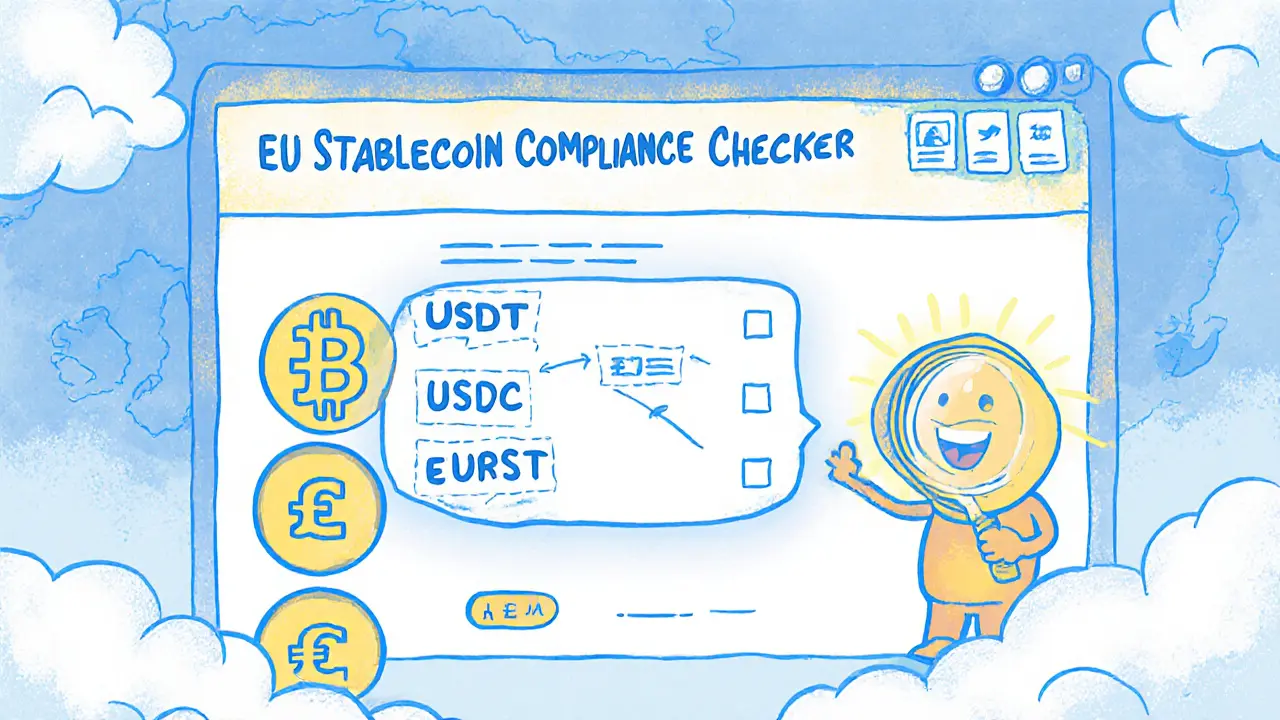MiCA Regulation – What It Means for Crypto Business
When talking about MiCA, the EU's Markets in Crypto‑Assets Regulation that sets rules for crypto firms across Europe. Also known as Markets in Crypto‑Assets, MiCA defines how tokens are classified, who must register and what disclosures are required. It encompasses crypto licensing, the process of obtaining a CASP (Crypto Asset Service Provider) licence from a national regulator, and it requires adherence to the Travel Rule, the obligation to share sender and receiver details on crypto transfers. In practice, MiCA means that a platform operating in Cyprus, for example, must align with CySEC's interpretations, file detailed white‑papers, and put AML/KYC systems in place. This web of requirements links the regulation, licensing, and data‑sharing rules together, creating a clear compliance roadmap for anyone building a crypto service in the EU.
How MiCA Shapes the Crypto Landscape
The first major impact of MiCA is the creation of a unified CASP, a licence that covers exchanges, wallet providers, and token issuers under a single regulatory framework. By standardising the licensing process, MiCA reduces the need for multiple national permits and gives businesses a clearer path to scale across member states. At the same time, the regulation's strict token‑classification rules separate stablecoins, utility tokens, and asset‑referenced tokens, each with its own capital and disclosure thresholds. This classification directly influences how firms design their products and manage risk. Moreover, the Travel Rule integration forces platforms to implement robust transaction monitoring, which not only satisfies regulators but also helps prevent fraud and money‑laundering. Together, these elements form a cohesive ecosystem where compliance, consumer protection, and market integrity reinforce each other.
Below you’ll find a curated set of articles that break down each piece of the puzzle: from how Cyprus adapts MiCA to the practical steps for obtaining a CASP licence, to the interplay between the Travel Rule and AML guidelines. Whether you’re a startup founder, a compliance officer, or just curious about the new EU crypto rules, the posts ahead will give you actionable insights and real‑world examples to navigate the MiCA landscape confidently.
AML Compliance for Crypto Businesses: What You Need to Know in 2025
by Johnathan DeCovic Nov 10 2025 9 CryptocurrencyAML compliance for crypto businesses in 2025 is mandatory, not optional. Learn the global rules, real costs, and step-by-step requirements to avoid fines, prison, or shutdown.
READ MOREEU Stablecoin Restrictions Explained: USDT and Other Tokens
by Johnathan DeCovic Nov 21 2024 19 CryptocurrencyA clear guide to EU stablecoin restrictions under MiCA, covering USDT compliance, impact on providers, and steps to stay legal.
READ MORE

